In what was a lacklustre Japanese Grand Prix, one moment between Max Verstappen and Lando Norris did trigger a sudden heart rate increase.
At the end of Lap 21, Verstappen and Norris who were separated by just over one-second whilst running in first and second, entered the pit lane together.
McLaren performed a one-second faster pit stop than Red Bull, resulting in the two drivers being side by side as they exited the pit lane.
Verstappen was in the fast lane, whilst Norris was on his right in the working lane. These two points are key to remember.
The reigning world champion was in his right to hold the natural line as the pair exited the pit lane, whilst Norris was equally in his right to try something on his title rival.
Norris, ultimately, fell into his own trap, as he found himself on the grass at the pit exit and unable to overtake. No penalty was served to either driver for the incident, something many questioned.
So what do the regulations say about an incident of this nature? The driver in the fast lane always has priority over the driver in the working lane, according to paragraph 5b of Chapter IV from Appendix L of the International Sporting Code, which states:
Cars in the fast lane have priority over those re-joining from the working lane. Once a car has left its garage or pit stop position it should blend into the fast lane as soon as it is safe to do so, and without unnecessarily impeding cars which are already in the fast lane.
Two paragraphs later (5d) it also describes that overtaking in the pit lane is only permitted in exceptional circumstances, exceptions that did not apply to this scenario. It reads:
Cars in either the fast lane or working lane may not overtake other cars in the fast lane except in exceptional circumstances e.g, a slow car with an obvious mechanical problem, a stopped car, an obstacle.
Was it an unsafe release?
After seeing the moment take place, many wondered whether McLaren should have been penalised for an unsafe release, but again, paragraphs 5f and 5g of the International Sporting Code explains why that was not the case. It states:
Cars must not be released from a garage or pit stop position in a way that could endanger or unnecessarily impede pit lane personnel or another driver. Equipment or tyres may not be left in the pit lane in a manner that would endanger or unnecessarily impede pit lane personnel or another car.
Cars may not be released from a garage or pit stop position in an unsafe condition.
Norris at no point endangered Verstappen or crew members of other teams, with it of course helping that McLaren was the team stationed last in the pit lane.
Norris never planned to steer into the fast lane, which meant Verstappen never had to perform evasive manoeuvres either. Both drivers did initially complain over the radio, although later joked about the incident.
Also interesting:
Join RacingNews365's Ian Parkes, Sam Coop and Nick Golding, as they reflect on the Japanese Grand Prix and look ahead to Bahrain. Max Verstappen's victory is a major talking point, as is McLaren's serious strategical weakness. Jack Doohan's struggles is also discussed.
Rather watch the podcast? Then click here!
Don't miss out on any of the Formula 1 action thanks to this handy 2026 F1 calendar that can be easily loaded into your smartphone or PC.
Download the calenderMost read
In this article
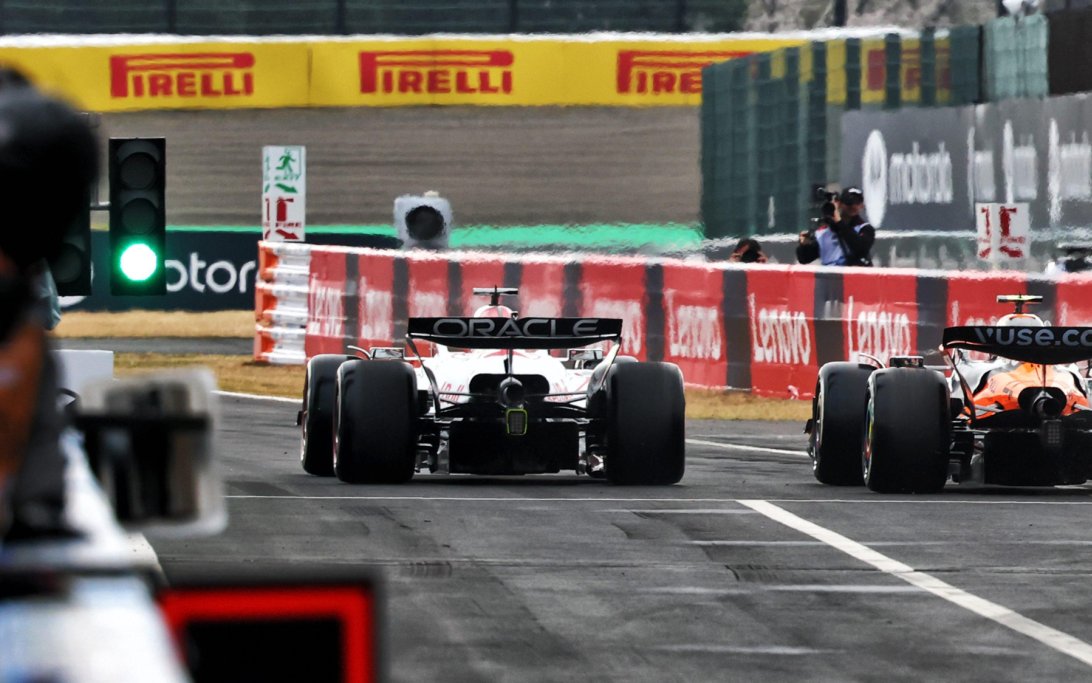


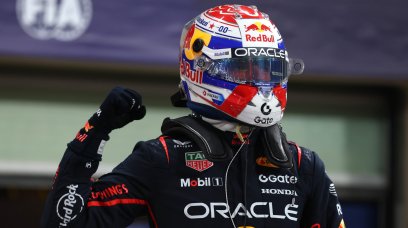
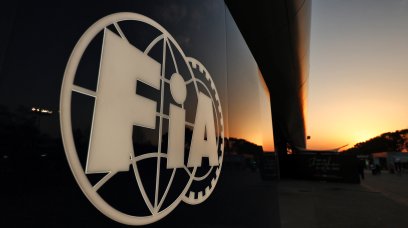
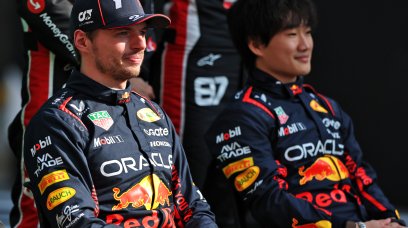
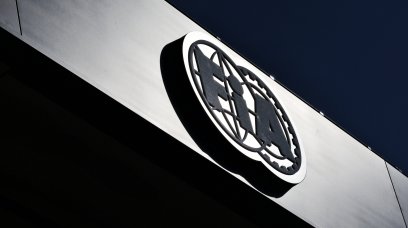

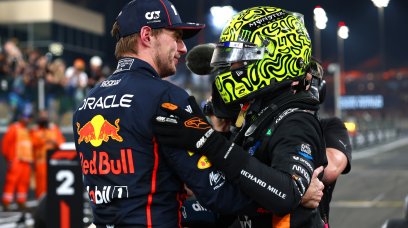
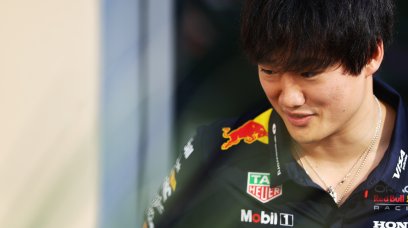

Join the conversation!